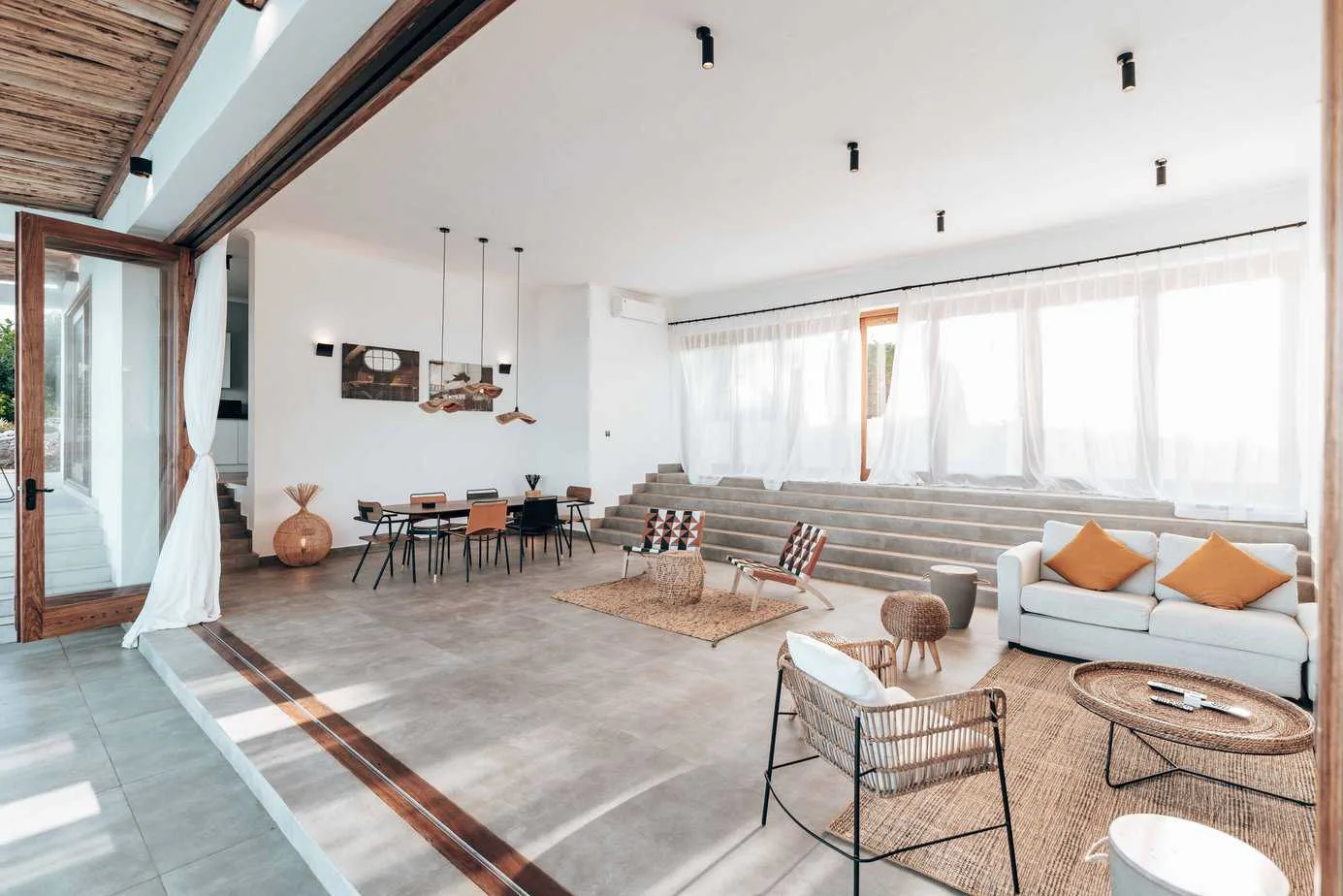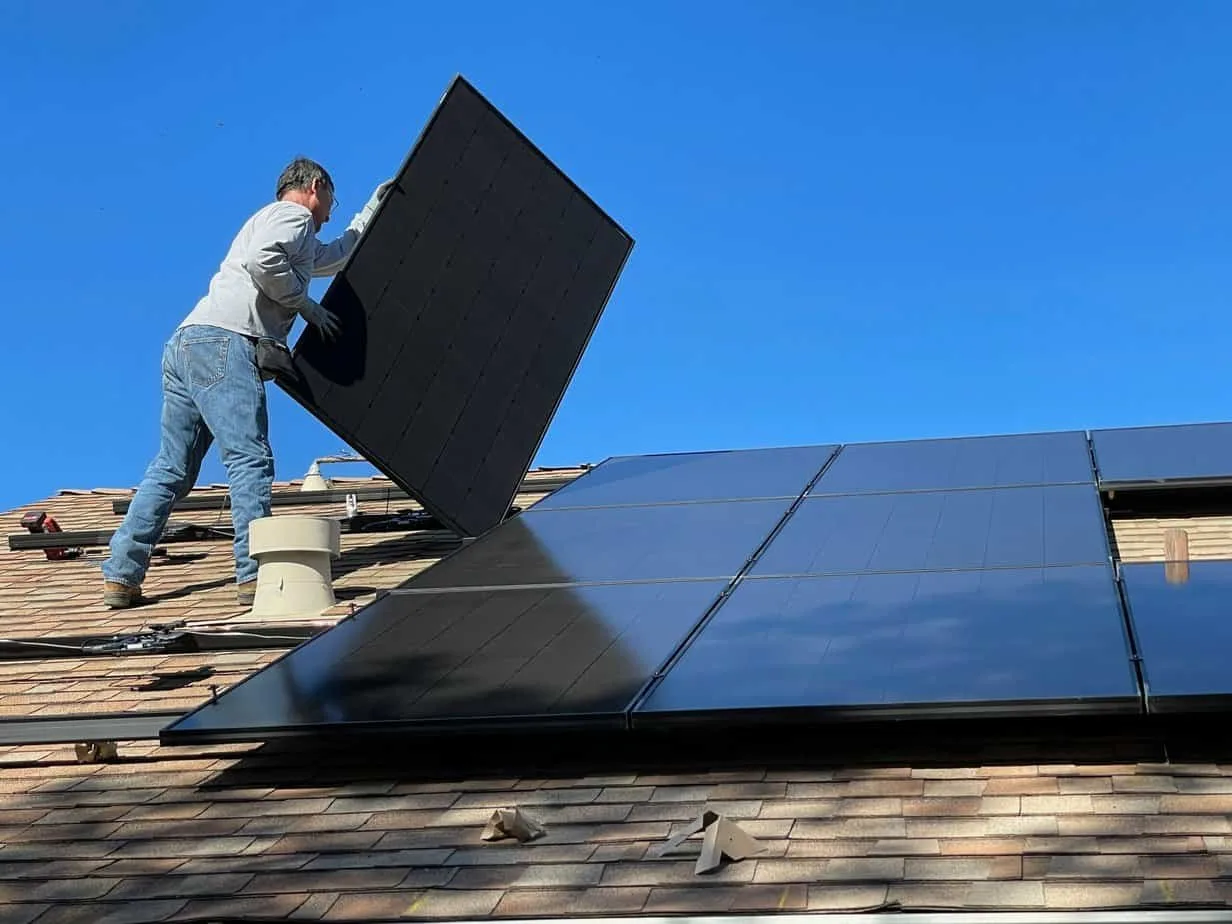The landscape of building homes has changed significantly in recent years. Thanks to cool new technology and a bigger focus on being kind to the planet, there are a bunch of fun new trends happening. We are shining a spotlight on the rise of things like using eco-friendly materials and being mindful of our environment when building our dream home.
Let’s chat about designing homes that save energy in modern landscape design and even some fancy tricks like putting homes together with 3D printers. Plus, we’ll check out the latest trends in how people are decorating their homes and sprucing up their outdoor spaces.
Sustainable Materials and Practices
As our global community becomes increasingly aware of the impact of construction on the environment, a new focus on sustainability has emerged. This has led to a rise in the use of eco-friendly materials and practices among home builders. From infused bamboo to reclaimed wood and even recyclable materials, these renewable resources are now a key component of green design. Not only do they contribute to a reduced carbon footprint in construction, but they also add a unique and modern touch to the overall aesthetic of a home.
Construction has seen a surge in the use of bamboo as a sustainable material. It’s strong and grows fast without causing harm to the environment. Some species even grow up to three feet higher each day! Bamboo is not only earth-friendly but also adds a natural touch to homes, giving them a “back to nature” feeling.

Reclaimed wood is another sustainable material that builders love. It’s wood taken from old buildings or structures that are no longer used, giving it a second life. This not only adds character to homes but also helps stop deforestation and the need for fresh timber.
Besides applying sustainable materials, home builders are incorporating several other practices to make their homes more environmentally friendly. The increasing popularity of rainwater collection systems has been evident in recent years. By collecting water from house rooftops and storing it in large tanks, homeowners can efficiently meet their water needs for activities such as lawn irrigation and toilet flushing without relying on municipal water supplies. This not only conserves water but also reduces the burden on local water sources. Eliminating the necessity for traditional irrigation systems, which often require regular maintenance and irrigation repairs for optimal efficiency, further enhances the overall sustainability of these practices.
Solar panels are becoming increasingly popular as they capture sunlight, enabling individuals to generate their own electricity and decreasing their dependence on fossil fuels, leading to lower energy costs. Serving as a low-cost and renewable energy source, solar panels play a crucial role in significantly diminishing a home’s carbon footprint. Additionally, proper maintenance, including regular solar panel cleaning, is vital to ensure optimal efficiency and longevity, highlighting the importance of proactive care for these sustainable energy systems.
Green roofs have recently gained currency as a sustainable practice as well. This layer of vegetation roof provides insulation, reduces stormwater runoff, and greatly improves air quality. These roofs also help to alleviate the urban heat island effect, which often keeps cities several degrees warmer than surrounding rural areas. In addition, they are habitats for birds and insects, contributing to the biodiversity of urban environments.
● The rise of eco-friendly building materials
Aside from sustainable materials, we have also seen significant advances made in developing eco-friendly building materials that are not only more durable but also much more energy efficient. Among them, cross-laminated timber (CLT), a type of engineered wood, has aroused great interest. CLT is strong and stable, but its manufacturing is less energy-intensive than traditional building products. Moreover, it is lighter, allowing for reduced transportation costs and easier on-site assembly.
The incorporation of stainless steel in home construction is another noteworthy trend. Opting for a stainless steel sheet not only enhances the strength and longevity of the structure but also adds to the sustainability factor. It is 100% recyclable, rust-resistant, and extremely durable, making it an excellent choice for eco-friendly construction.
Another emerging eco-friendly material is ultra-high-performance concrete (UHPC). With its exceptional strength and durability, UHPC allows for thinner and lighter building elements. This reduces material usage and costs. UHPC also improves the building’s energy efficiency by providing better insulation.
● Energy-efficient design and technology
Design-build is now deeply involved with nature. Energy-efficient techniques, which directly access sunlight, strategically position windows, and use superior insulation materials to avoid the use of heating or air conditioning. These points lower energy usage and also have a positive effect on the environment.
In the 21st century, these improvements have also led to the emergence of intelligent home control. Intelligent thermostats, lighting controls, and energy monitoring devices help homeowners save energy and reduce their bills. This technological integration is convenient as well as environmentally friendly, uniting form with practical functions.
Modular Construction
Another modern trend in the building world is modular construction.
Modular construction has turned home-building on its head by improving everything over traditional practices. It involves prefabricating components in a controlled environment, reducing waste, and saving construction time, enabling better quality control. Modules are then shipped out and assembled with precision.
There are several benefits to modular construction. It helps to save money because labor and material costs are lower. Modular builders offer design flexibility. A homeowner can customize their home to look just the way they like. They can choose from a range of floor plans and finishes. Construction taking place in a separate factory also means less invading the nearby environment. Such a building is advantageous to homeowners and builders alike.
3D Printing in Construction
3D printing is one of the most interesting developments in home construction. Using this method, large-scale printers create entire buildings layer by layer from materials such as concrete or plastic composites. This innovation provides almost limitless possibilities as well as efficiency.
Construction time and labor costs are greatly reduced with 3D printing, and with capabilities for printing complex shapes and structures, customization options have reached new heights. By using only the amount of construction materials that are needed, this technology also reduces waste. As 3D printing technology continues to improve and become more widely adopted, it will change the industry and make homes more affordable and sustainable.
Technological Integration
Technology permeates every aspect of modern life, and the construction field is no exception to these advancements.
Artificial Intelligence (AI) in construction
Artificial intelligence (AI) has found its way into home construction. By relying on AI, a variety of construction processes are optimized, from construction management to automated scheduling and error-proof cost estimating. Using AI, builders can make faster decisions with greater efficiency in decision-making and more accurate results.
Automation
Automation is another essential component of technological integration. Robots and specialized machinery carry out repetitive tasks with accuracy and speed, meaning less need for manual labor. Such technology not only saves time but also assures construction quality.

Photo by Keegan Checks
Design Trends in Modern Homes
Design trends in modern homes change constantly to reflect the evolving needs and tastes of homeowners. For instance, open floor plans have become popular, providing a sense of spaciousness and promoting social interactions. Similarly, modern pool plans have also made a significant impact on the market, offering homeowners a luxurious and contemporary way to enhance their living spaces. Just as open floor plans create an inviting atmosphere inside, modern pool plans extend this trend outdoors, transforming residential spaces into stylish and functional retreats that seamlessly blend with the overall design aesthetic. Energy-efficient appliances and fixtures such as high-efficiency HVAC systems, are now part of every new home.
Another trend shaping modern home design is the increasing preference for outdoor living spaces. Homeowners are embracing nature by incorporating elements such as rooftop gardens and expansive patios into their living environments. This shift not only expands the available living area but also blurs the distinctions between indoor and outdoor spaces. In line with this, modern landscape trends are gaining prominence, with features like sustainable landscaping, native plant gardens, and innovative hardscape designs becoming integral parts of contemporary home exteriors.
The shape of construction in the future will be eco-friendly building materials, energy-efficient devices and structures, modular construction, 3D printing, and short-term construction. These tendencies not only indicate that housing can be more eco-friendly but also produce numerous benefits in terms of cost, quality, and customization. As we accept these present-day trends in construction, we don’t have to wonder whether our houses will be pleasant, but whether they are fit for habitation. They will be both beautiful and clean, making a positive contribution to the environment and our lives.

